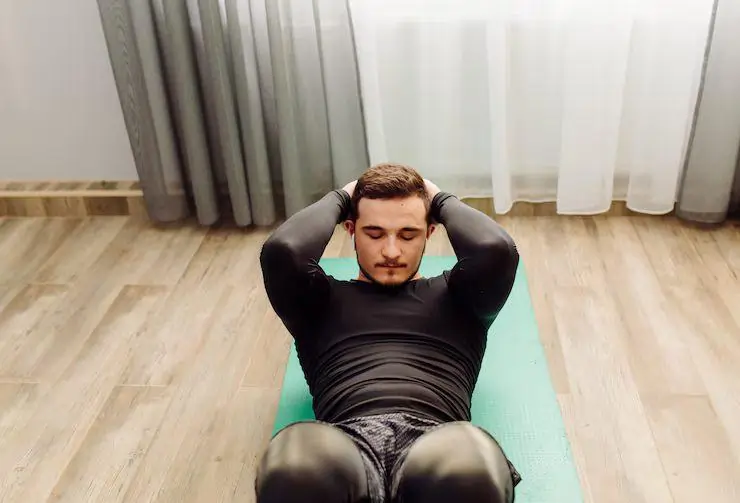Incontinence can be challenging, mainly when it limits a person’s ability to complete work, rest, or spend time with others. Many individuals keep their symptoms quiet, thinking they are simply a sign of aging, giving birth, or undergoing a medical procedure. You don’t need to deal with discomfort or leaks when you have children. Pelvic floor therapy in Miami, FL, is considered a useful and non-invasive way to treat incontinence.
Why Explore Pelvic Floor Therapy for Urinary Issues?
It helps with several symptoms, ensuring people avoid accidents and lead more fulfilling lives. We should examine how pediatric orthopedics works, which issues it can fix, and why it’s being discussed more frequently among different age groups.
Understanding the Pelvic Floor: Why It Matters More Than You Think
The pelvic floor muscles support the bladder, uterus, and bowel organs, allowing for the proper control of urination and bowel movements. Too weak or too tight pelvic floor muscles may result in frequent leakage, impatience with having to pee, or inability to finish the process of urination.
With these muscles not working well, the brain ambiguously senses the need for control and the call of nature. Pelvic floor therapy focuses on fixing proper nerve connections and building up muscle power. Rehabilitation specialists and physical therapists guide patients through different exercises and exercises for the muscles to improve their strength, determination, and coordination.
Types of Urinary Incontinence That Respond to Therapy
Urinary incontinence has several types, and pelvic floor therapy helps many of them. Laughing or lifting can cause stress incontinence, which is when urine leaks. Sometimes, urge incontinence means that you have to rush to the toilet quickly to avoid an accident. Mixed incontinence is a blend of both. An overflow incontinence condition is when the bladder doesn’t fully release the urine.
Each responds differently to therapy. Most patients eventually learn when their symptoms are likely to occur, and by working out, they gain more control. This practice lets you train your muscles instead of relying on pads or taking medication.
A Solution for Men Too: Addressing Male Pelvic Floor Dysfunction
Most men do not expect pelvic floor problems, but they are common after prostate surgery and when someone suffers from chronic constipation, is elderly, or lifts weights often. If men have problems with leaking urine, pain in the pelvic area, or dribbling after urination, they can find relief through pelvic floor therapy.
The objective of the sessions is to educate men about how to use the correct muscles for urination and daily movements. A lot of people are surprised to hear that sexual therapies can be used to support erectile dysfunction treatment in Miami, FL, as strong blood flow and well-controlled muscles help with sexual health. Therapists treat their work with respect and make plans that match the needs of each client.
How Sessions Are Structured and What to Expect
Usually, an initial evaluation is done at the start of pelvic floor therapy to determine the cause of the problem. A therapist will check how a person stands, moves, and breathes, and may also internally check the tone and strength of the pelvic floor muscles.
Participants in ongoing sessions perform guided movements, improve their posture, and get muscle feedback through the use of specific tools. Certain patients may find that using systems like electrical stimulation and biofeedback allows them to work specific sets of muscles properly. The process is private, low-risk, and designed for comfort.
How Pelvic Floor Therapy Improves Quality of Life
Therapy usually results in more than just a decrease in leaks. People regularly notice they have fewer disturbances at night, sleep better, and don’t worry about doing physical activities. Traveling, working, and spending time with others are simpler once the risk of accidents is managed.
Women often gain confidence after delivering their baby, and men usually report better core strength. The ripple effects extend to emotional health, too. If the worries about leaking go away, people usually feel better. Men receiving erectile dysfunction treatment in Miami, FL, may reach better results if their pelvic stability is improved.
Is It Too Late to Start Pelvic Floor Therapy?
Sometimes, people do not get the required help on time since they feel that it is already too late for any improvement. That’s a common misconception. Similar to other muscles, the pelvic floor is influenced by direction and steady exercise, even if symptoms have been present for a long time.
Exercise programs are beneficial to those age 30, 60, or 80. The key is consistency and professional instruction. The effectiveness can be seen in a few weeks; however, it depends on how serious the condition is and how consistently the patient follows the treatment plan.
How To Get Started With Pelvic Floor Therapy
As the first measure, you should make an appointment with a licensed physical therapist. Choose specialists in pelvic rehabilitation who have worked with patients of both genders. Primary care physicians, urologists, and OB-GYNs often refer clients to us.
Under normal circumstances, therapy is considered a part of physical rehabilitation and should be covered if the doctor prescribes it for a medical condition. Anyone interested in Pelvic floor therapy in Miami, FL, can find help at different hospitals, private clinics, and specialty centers. During a short consultation, you can find out if therapy will be helpful for you.
Conclusion
Urinary incontinence should not stop you from leading an active life. With pelvic floor therapy, you can solve these issues and improve your confidence without having surgery or using medication. Explore what’s available in Miami for Pelvic floor therapy and arrange a consultation—a good start to your better health.
Read more: Why Are Families Rushing to Buy Lift Chairs for Their Aging Loved Ones?
How Do Robot Vacuums Handle Pet Hair
Layering Colognes: How to Build a Signature Scent That’s Unmistakably You


